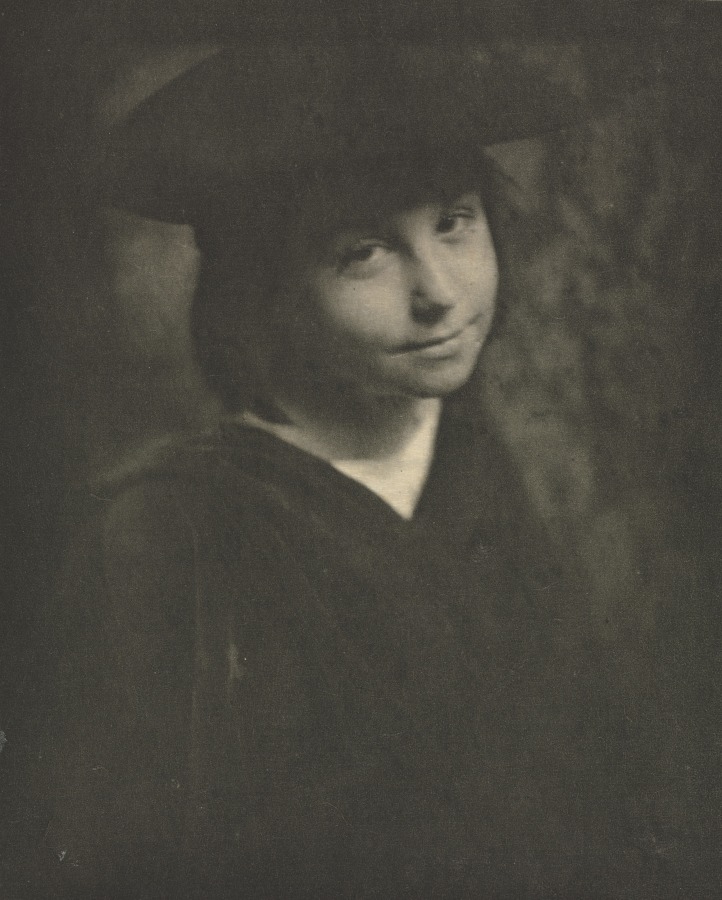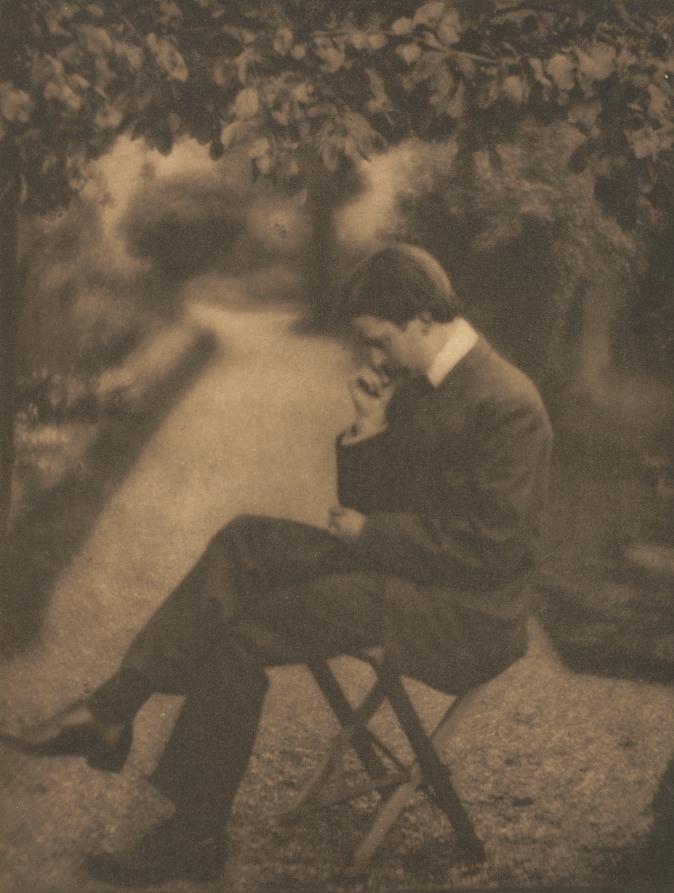Famed playwright, novelist, and critic George Bernard Shaw was born in Dublin and moved to England in 1876. He first took up photography in 1898, pursuing it with enthusiasm for the rest of his life. His earliest images, taken with a Kodak box camera, were casual shots of people, places, and pets, pictures characteristic of many amateur photographers. He soon moved on to a Sanderson field camera and over the years experimented with a variety of cameras and lenses.
During the first decade of the 20th century, Shaw was especially active in the field of photog-raphy, producing platinum prints and writing essays in support of the medium as an art form. Most of these articles originally appeared in Amateur Photographer magazine between 1901-9. They were often reprinted in other publications, including Alfred Stieglitz's journal Camera Work. Stieglitz also reproduced one of Shaw's portraits of photographer Alvin Langdon Coburn in the July 1906 issue. Earlier, Shaw had written two short reviews of photographic exhibitions for the World (in 1887 and 1888, when he was the publication's art critic). He also delivered many lectures on photography and became close friends with Coburn and another leading British photographer, Frederick H. Evans.
Over the years Shaw produced thousands of images, most of which were never published or exhibited. Several exceptions include his auto-chromes of the ruins of a 14th-century church in his village of Ayot St. Lawrence, which was in-cluded in a special summer number (Color Pho-tography and Other Recent Developments of the Camera) of the Studio (1908), a group of eight photographs reproduced in the Countryman (April 1937), a collection of more than 30 pic-tures that appeared in F. E. Loewenstein's book Bernard Shaw Through the Camera (1948), and Shaw's views of his village, which he published in a guidebook shortly before his death.

